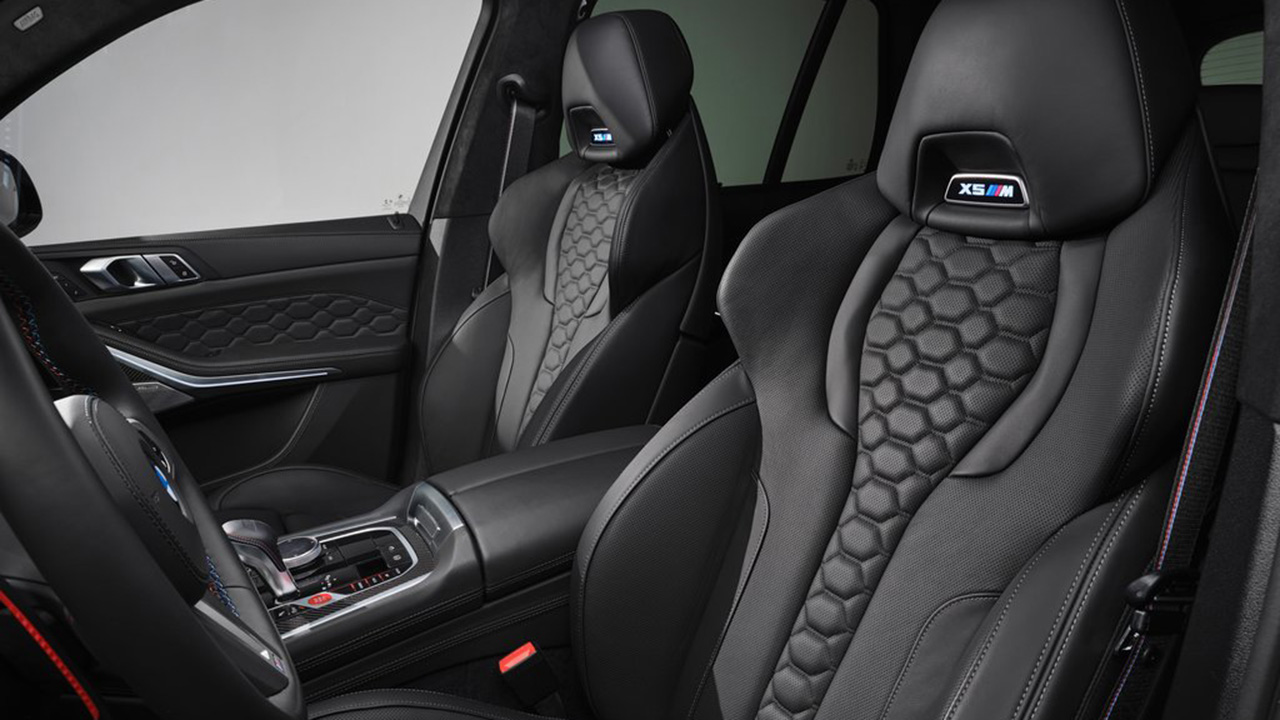Speaking to Autocar, Nota remarked, "the user acceptance isn't that high," indicating that customers felt as if they were being charged twice. While the firm won't fully abandon the subscription model, they will shift focus to software and service-based products, like driving and parking assistance features. BMW believes there's potential in these kinds of subscriptions post-purchase.
BMW stirred the pot last year when it introduced the heated seat subscription option, though it wasn't rolled out in every market. In the U.S., for instance, buyers were spared from this fee.
Vehicle features as subscription services are relatively new in the automotive world. The growing digital capabilities of contemporary cars provide automakers the opportunity to introduce more software-oriented services and paywalls, aiming to uncover new revenue streams.
According to an S&P Global Mobility study released earlier this year, consumers aren't universally against subscriptions; they're open to them if they offer added value. Enhanced navigation and advanced driver-assist systems are in high demand and people are willing to pay for them. However, heated seats and remote start features garnered less enthusiasm.
A separate study by Cox Automotive revealed that a mere 21% of 2,000 potential car buyers surveyed were aware of in-vehicle subscription services. A majority—53%—stated that subscriptions could be beneficial if they reduce the upfront cost of the vehicle. Almost 70% said they'd look for alternatives if a brand exclusively provided specific features via a monthly fee.
Subscription services complicate the car-buying process as automakers explore various approaches to these offerings. Volvo, for instance, declared earlier this year that it would not institute a heated seat subscription. Conversely, Mercedes-Benz announced last year that owners of its electric EQ models could boost their vehicle's power by 20 to 24% for an annual fee of $1,200.
The emergence of subscription models in sectors like music, movies, and mobile apps has now reached the automotive industry. It will be worth observing how car manufacturers adapt to this evolving landscape.
Source: Autocar

